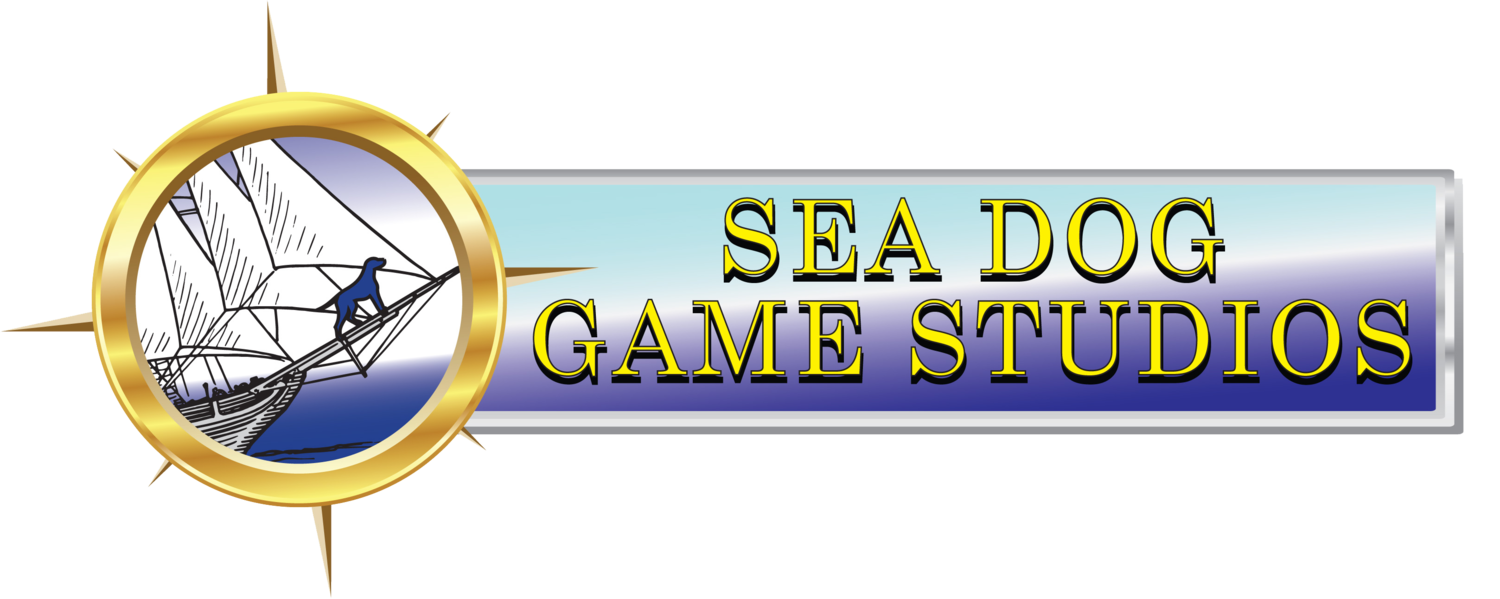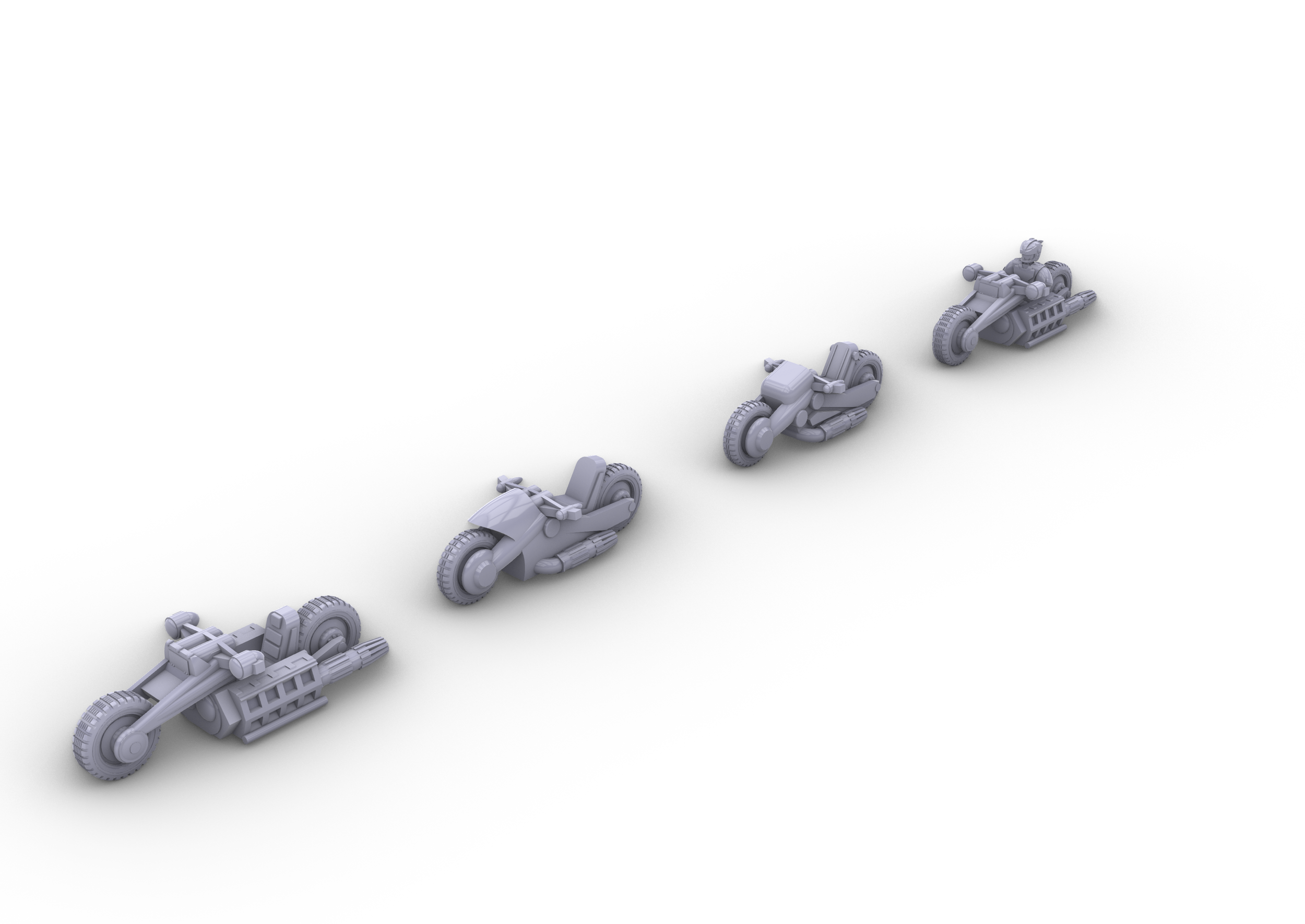LCVP “Higgins” boat
LCVP “Higgins” boat
The “Landing Craft Vehicle Personnel (LCVP for short) or “Higgins boat” was a landing craft used extensively by Allied forces for amphibious landings in World War II. Typically constructed from plywood, this shallow-draft, barge-like boat could ferry about soldiers to shore at up to 9 knots.
Designer Andrew Higgins originally was working on a design based on boats made for operating in swamps and marshes. The Japanese had been using ramp-bowed landing and work boats called the Daihatsu-class in the Second Sino-Japanese War since the summer of 1937. After intense scrutiny by Navy and Marine Corps observers at the Battle of Shanghai, future General Victor H. Krulak showed Higgins a picture and suggested that Higgins develop a version of the ramped craft for the Navy. Higgins, at his own expense, started his designers working on adapting the idea to the boat design. More than 23,358 were built by Higgins Industries and licensees.
Taking the last letter of the LCVP designation, sailors often nicknamed the Higgins Boat the "Papa Boat" or "Peter Boat"
All Models come unpainted. There are three scales available:
6mm scale SLA PRINTED -no payloads with guns printed in place
This model is about 36x10 MM or 37x11 MM at the extremes
15-20mm scale FDM PRINTED - the model features gun tubs but no guns
This model is about 108x30 MM or 113x34 MM at the extremes
28mm **scale **FDM PRINTED - the model features gun tubs but no guns
This model is about 220x60 MM or 225x68 MM at the extremes
This model features 3D printed parts: There are two types of 3D printed parts we use in our products. "FDM" is lower cost, and is what most would recognize as traditional 3D printing. This type of model printed in layers from thermal plastic (generally PLA or PETG), and is lightweight with reasonable detail but will have visible striation (or lines) that the hobbyist may want to clean up using putty, primer, or other hobby techniques. "SLA" is a laser cured photo-resin that has exceptional detail, and generally has a much smoother finish without significantly noticeable striation. This type of material is more expensive, and fine details can be more delicate.
Some models may use either or both types of parts, and some models may have the ability for the buyer to select the print type under print options. These models are intended to be painted and may come in different colors.













